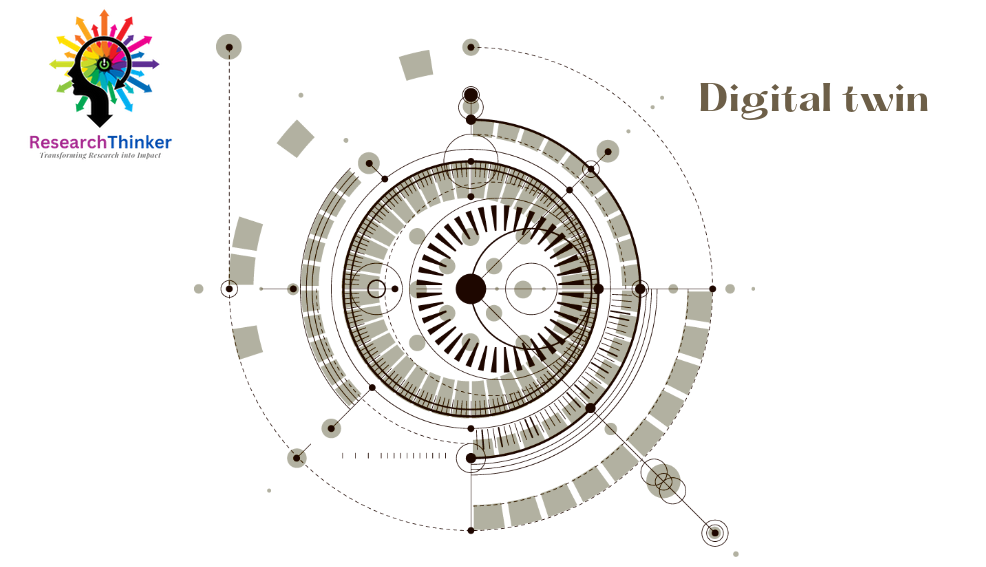Implementing a digital twin involves the following steps:
- Define the objectives: Determine what you want to achieve with the digital twin, such as improving operational efficiency, reducing costs, or improving safety. This will help guide the design and implementation of the digital twin.
- Identify the physical system to be modeled: Choose the physical system that you want to create a digital twin for. This could be a single machine, a production line, or an entire facility.
- Gather data: Collect data from the physical system, including sensor data, historical data, and other relevant information. This data will be used to create the digital twin.
- Create the digital twin: Use the data collected to create a digital representation of the physical system. This can be done using computer-aided design (CAD) software, simulation software, or other tools.
- Integrate sensors: Integrate sensors into the physical system to collect real-time data. This data will be used to update the digital twin in real-time.
- Connect to the cloud: Connect the digital twin to the cloud to allow for remote access and real-time data analysis.
- Analyze data: Use analytics tools to analyze the data collected from the physical system. This will provide insights into the performance of the system and help identify areas for improvement.
- Optimize the system: Use the insights gained from the data analysis to optimize the physical system. This may involve adjusting settings, changing processes, or making other changes to improve performance.
- Continuously monitor and update: Continuously monitor the physical system and update the digital twin as needed. This will ensure that the digital twin remains accurate and up-to-date.
These are the basic steps involved in implementing a digital twin. The specific implementation may vary depending on the complexity of the physical system and the goals of the project. Additionally, new tools and techniques are continually being developed to




